Abstract art defies logic, yet it resonates deeply. It replaces clear imagery with splashes of color, bold shapes, and dynamic textures. But why are we drawn to it? Why do we find meaning in art that seemingly lacks structure? The answer lies in the unique way abstract art interacts with our minds and emotions, offering us freedom, exploration, and connection.
A Gateway to Emotion
Abstract art bypasses the intellect and speaks directly to our emotions. Its lack of defined imagery frees us from the constraints of logic and allows us to interpret it through our feelings. Neuroscientific studies, such as those by the Max Planck Institute for Empirical Aesthetics, show that abstract art activates brain regions involved in emotion and memory. These areas are less engaged when viewing representational art, which tends to focus on visual recognition.
Instead of seeing a landscape or a portrait, we’re invited to experience a swirl of emotions: calmness in soft, sweeping curves, excitement in chaotic lines, or even nostalgia in an interplay of familiar yet undefined shapes. Abstract art becomes an emotional Rorschach test, offering a glimpse into our inner world.
The Brain Loves the Unknown
Humans are naturally wired to seek patterns. This is why we see faces in clouds or animals in the grain of wood. Abstract art teases this innate tendency. Studies conducted by neuroscientist Semir Zeki suggest that abstract art engages the brain’s reward system. When we encounter abstract works, our brains attempt to decipher them, and this cognitive engagement triggers feelings of pleasure.
Rather than presenting a complete “story,” abstract art invites us to fill in the blanks. It challenges us to find our own meaning, creating a mental puzzle that satisfies our curiosity. This unpredictability, paired with the freedom to interpret, keeps us coming back for more.
Freedom of Interpretation
Representational art gives us clear instructions—”this is a tree,” “this is a face.” Abstract art, however, asks, What do you see? The lack of a fixed narrative liberates both the artist and the viewer. For the artist, it is a space to express emotions and ideas unbounded by form. For the viewer, it is an open invitation to bring their unique experiences to the canvas.
This mutual freedom creates a deeply personal relationship with abstract art. Two people looking at the same painting may see entirely different things, and that’s the beauty of it. The experience is as unique as the individual engaging with the work.
A Mirror for the Mind
Abstract art doesn’t just reflect the artist’s emotions; it mirrors our own. The ambiguous forms allow us to project our thoughts and feelings onto the artwork, turning it into a personalized experience. A study published in Frontiers in Human Neuroscience revealed that viewers often describe abstract art as meditative or even therapeutic. This is because it encourages introspection, helping us process emotions in a non-verbal way.
As artist Mark Rothko once said, “A painting is not a picture of an experience. It is the experience.” His words remind us that abstract art is not about what you see but about what you feel.
The Science of Simplicity
Abstract art also appeals to our love for simplicity. Research has shown that minimalistic compositions can create a sense of harmony in the brain. When confronted with fewer visual details, our minds find it easier to focus, leading to feelings of calm and clarity. This might explain why minimalist abstract art, with its clean lines and subdued colors, often feels meditative.
At the same time, abstract art can surprise us. Bold, chaotic works ignite our senses and push us out of our comfort zones. This contrast between simplicity and complexity makes abstract art a dynamic and versatile form of expression.
Why Abstract?
So why are we drawn to abstract art? Because it reflects our humanity. It speaks to our emotions, engages our curiosity, and invites us to interpret and project our inner worlds onto it. It celebrates uncertainty and complexity in a way that other art forms cannot.
In a fast-paced, highly structured world, abstract art gives us space to breathe, to explore, and to connect with ourselves. It is not about what we see but how it makes us feel. And in this lies its timeless allure.
As Wassily Kandinsky, one of the pioneers of abstract art, once said, “Color is a power which directly influences the soul.” Perhaps abstract art reminds us that the soul cannot always be put into words—or shapes. It needs freedom to flow.

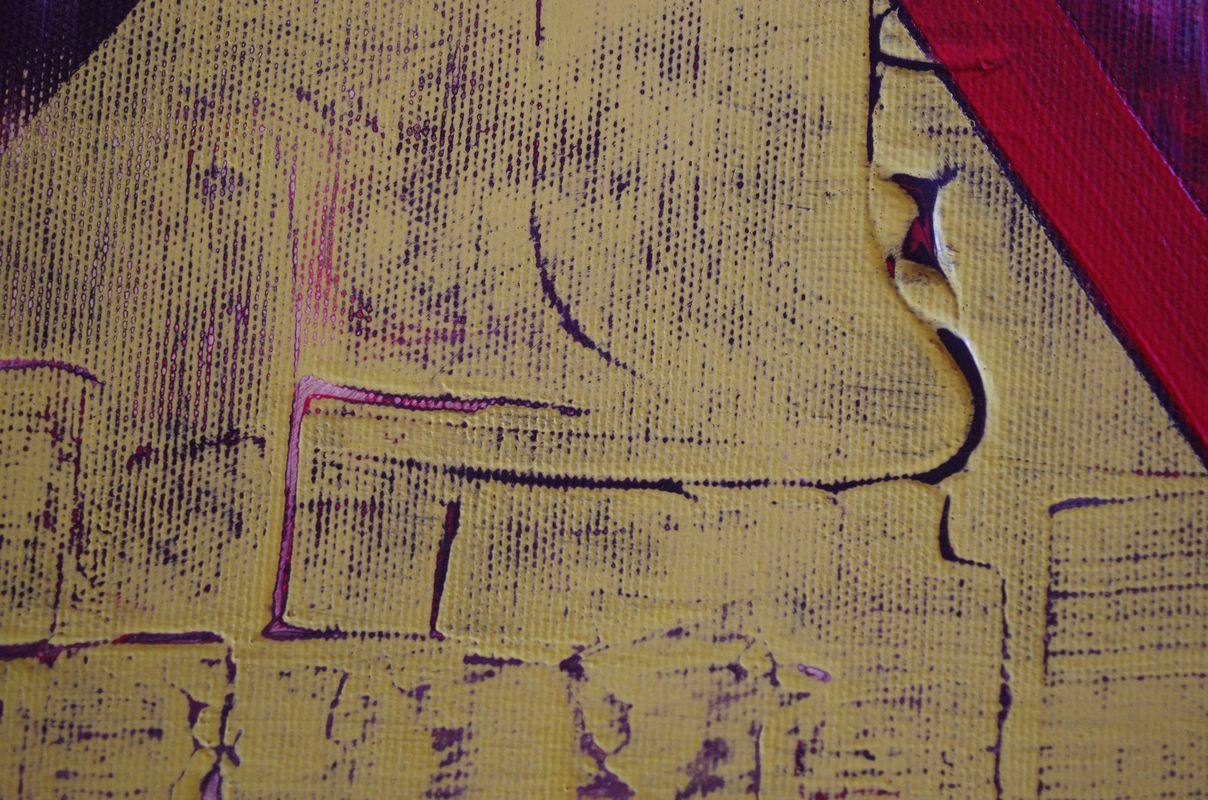
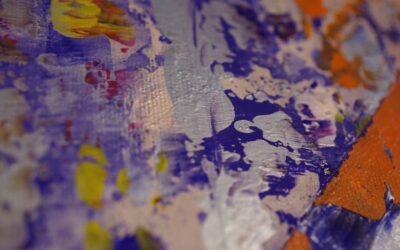
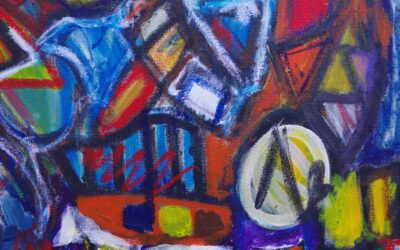
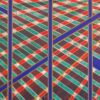


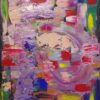
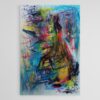
0 Comments